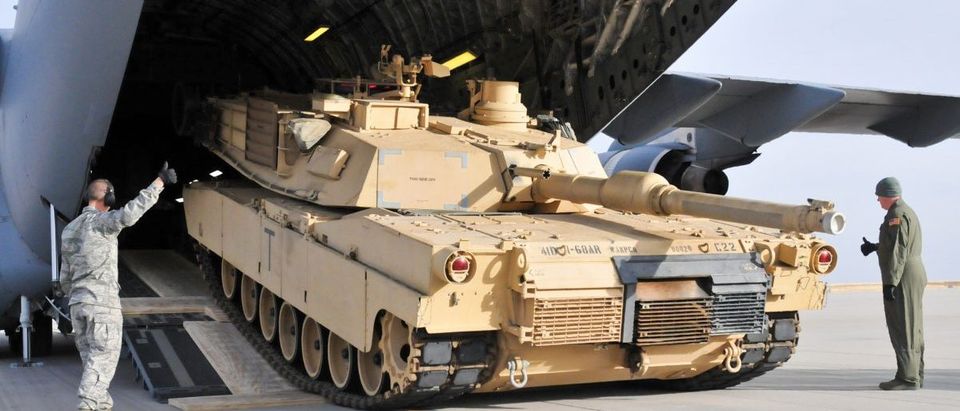President Donald Trump’s Afghan war review mimics many of the same fault lines of former President Barack Obama’s process, The New York Times notes.
Trump’s national security team is split along different lines on whether to increase the number of U.S. troops in Afghanistan. Trump’s military aides, including Secretary of Defense James Mattis and National Security Advisor H.R. McMaster, are reportedly proponents of the plan. White House political advisors, led by chief strategist Stephen Bannon, oppose it.
“They are going to be faced with the same questions we were,” former Obama advisor David Axelrod told TheNYT. “How and when does this end? Or is it an open-ended commitment of American lives and resources? What will the investment produce in the long run?”
The questions considered by the Trump administration appear to be the same, but the magnitude of the increase is far less. Obama increased the number of troops in Afghanistan by tens of thousands for a temporary period before beginning a general withdrawal and ending the U.S. combat mission in 2014. The Taliban insurgents have gained more ground than ever before since 2014.
The Pentagon proposal is reportedly asking for up to 5,000 more troops in Afghanistan who would be tasked with training, advising, and assisting the Afghan National Security Forces. This is the current mission of the nearly 9000 troops in Afghanistan, but both U.S. generals in charge of the war say that they need more troops to bolster the Afghans at small unit levels.
However, the Afghan National Security Forces are not doing well in the fight against the Taliban since the end of the U.S. combat mission in 2014. The U.S. Special Inspector General for Afghan Reconstruction noted in late April that the security force’s casualties continue to be “shockingly high.” The report highlighted that 807 Afghan troops were killed in just the first six weeks of 2017, and nearly 35 percent of the force chooses not to re-enlist each year.
The report continued that Afghan forces face “many problems: unsustainable casualties, temporary losses of provincial and district centers, weakness in logistics and other functions, illiteracy in the ranks, often corrupt or ineffective leadership, and over-reliance on highly trained special forces for routine missions.”
Follow Saagar Enjeti on Twitter
Send tips to saagar@dailycallernewsfoundation.org
All content created by the Daily Caller News Foundation, an independent and nonpartisan newswire service, is available without charge to any legitimate news publisher that can provide a large audience. All republished articles must include our logo, our reporter’s byline and their DCNF affiliation. For any questions about our guidelines or partnering with us, please contact licensing@dailycallernewsfoundation.org.


